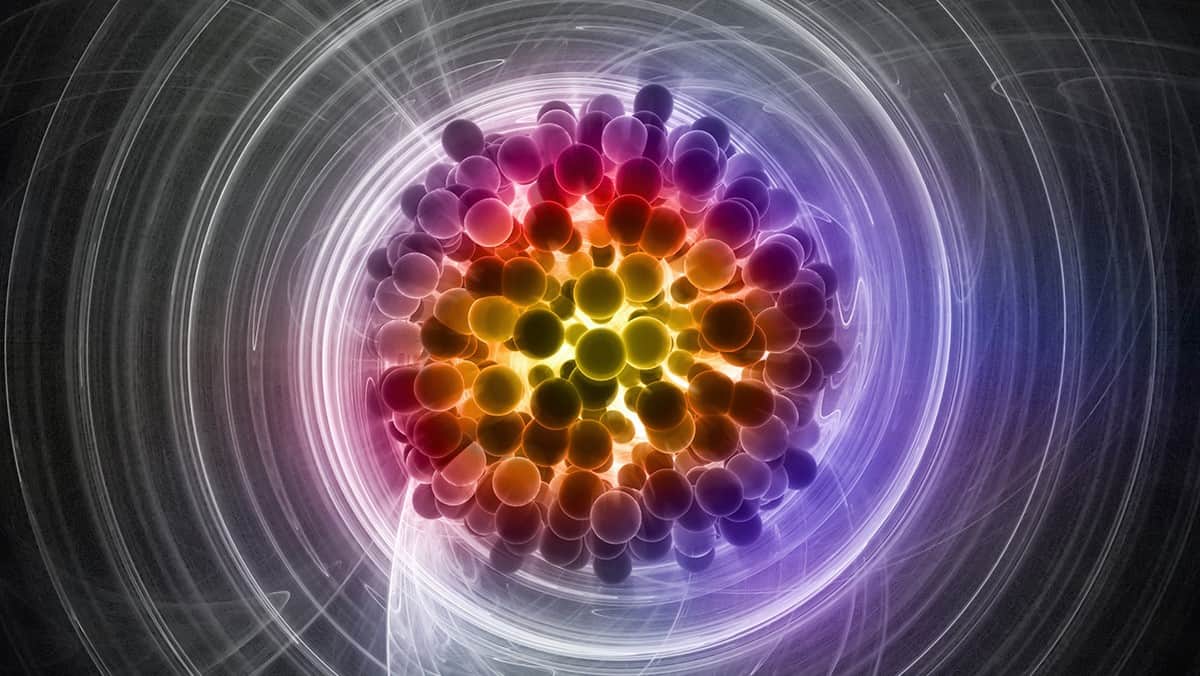European Space Agency (ESA) is set to launch a new spacecraft, but they haven’t officially named the mission yet. And for that, they need your help. ESA has invited people to propose names for its new spacecraft, that for the time being is referred to as “Lagrange.” The first-of-its-kind spacecraft is tasked with spotting potentially hazardous solar storms before they reach the Earth. ESA said that the new space weather mission will send back a steady stream of data to the agency’s Space Weather Service Network.
ESA said that Lagrange will fly to a “unique position” in space, a gravitationally stable one between the Sun and the Earth, and keep an eye on solar storms. The new spacecraft will fly behind the Earth, and get a “side view” of the Sun. From there, it will spot dangerous solar activity.
The data shared by the mission will be used to timely warn national authorities, industries, and organisations who rely on or look after the modern technological systems, at risk from the Sun’s outbursts, said the ESA.
ESA also says that the “Sun frequently “burps,” ejecting billions of tonnes of hot plasma into space.” The space agency adds that it also emits gigantic flares, bursts of powerful electromagnetic radiation — x-rays, gamma rays and radio bursts — accompanied by streams of highly energetic particles.
The new space weather mission, ESA says, will make the world safer and also assist in protecting important civil infrastructure such as power grids and navigation and telecommunication satellites. However, the agency is still looking for “a proper name” for the mission.
So, the ESA has invited people from all walks of life to submit their “best and liveliest proposed mission names”. While the dates for submissions are open, the names can be sent until October 17. The “selected entry will win a nifty prize,” says the agency.
Remember, there will only be a single winner and in case the agency receives the same name from more than one person, the first submission will be the winner.





